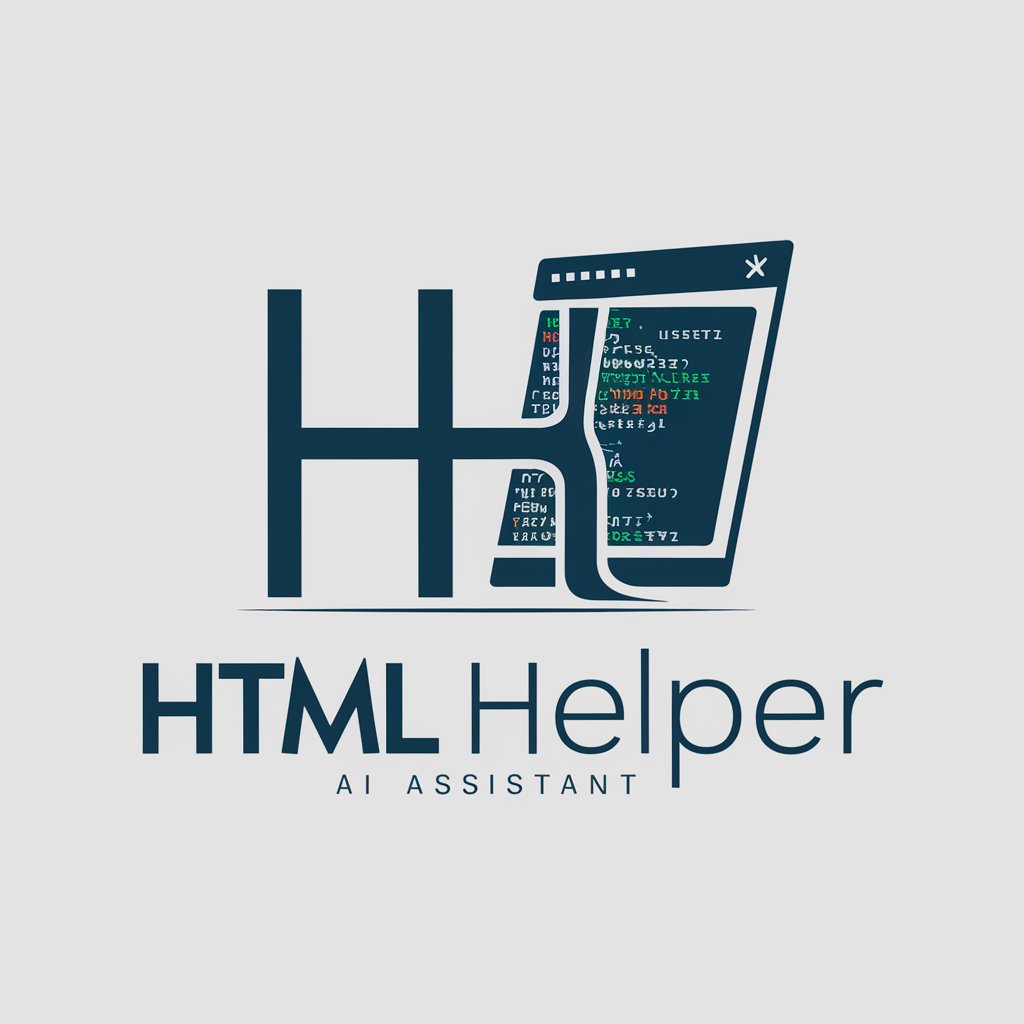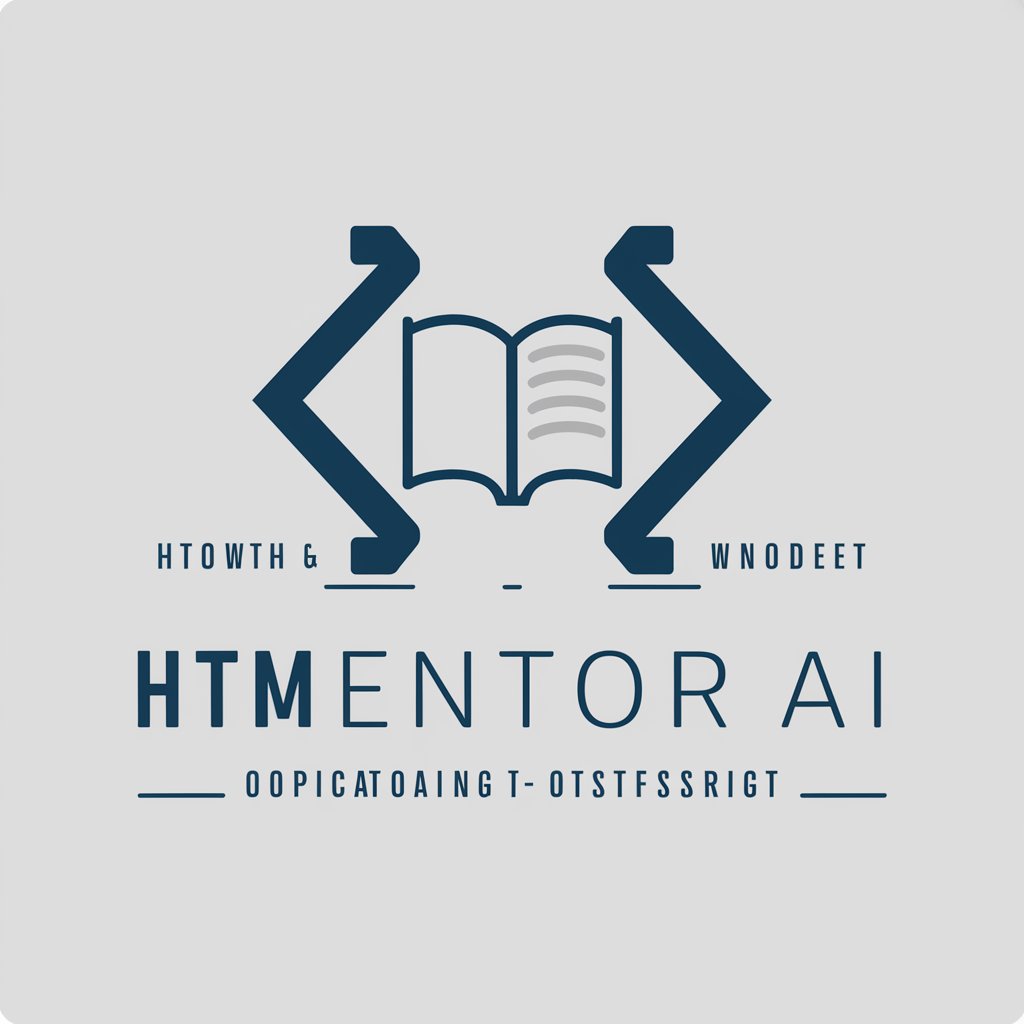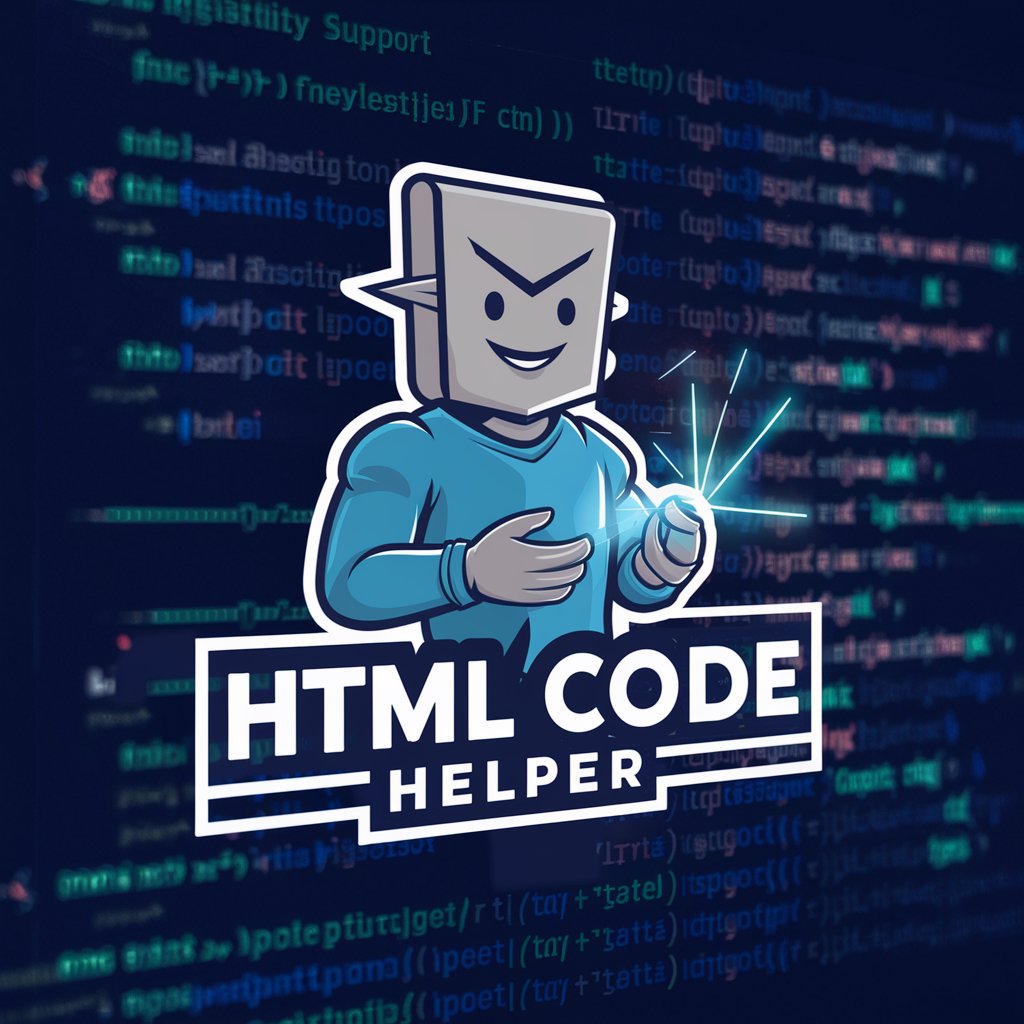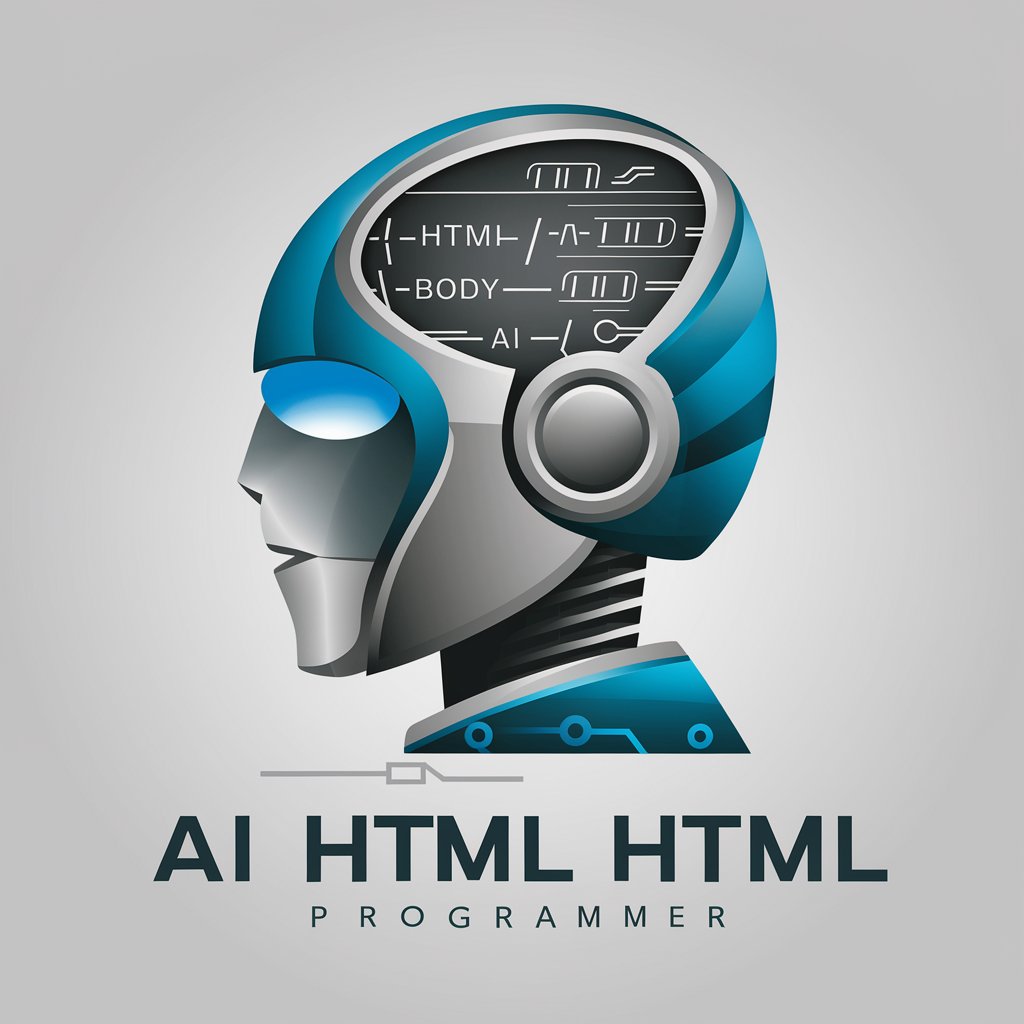
HTML The Programming Language Assistant - HTML Programming Assistant
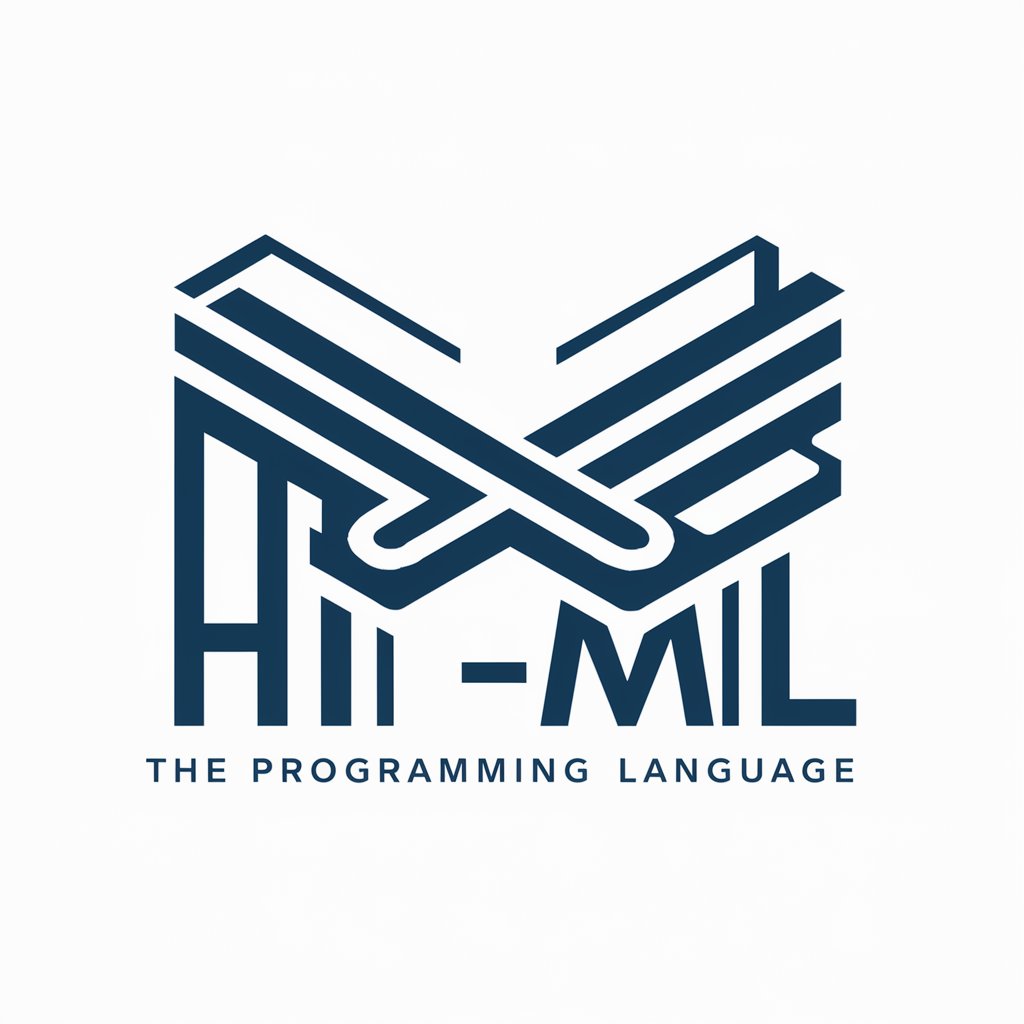
Hello! Need help with HTML, The Programming Language?
Empowering Code with AI
How do I define a function in 'HTML, The Programming Language'?
Can you show me an example of a loop in 'HTML, The Programming Language'?
What are the best practices for debugging code in 'HTML, The Programming Language'?
How do I perform arithmetic operations using 'HTML, The Programming Language'?
Get Embed Code
Overview of HTML The Programming Language Assistant
HTML The Programming Language Assistant is designed to offer expert guidance and support in utilizing 'HTML, The Programming Language'—a turing-complete, stack-based programming language that leverages HTML syntax for programming tasks. This innovative language combines the familiarity of HTML markup with the power of traditional programming constructs, enabling the execution of complex computations and logic within a web document structure. The assistant provides detailed explanations on syntax, best practices, debugging, and code optimization. For example, users can learn how to craft a 'Hello World' program, manipulate the value stack for computations, or create and use variables and functions within their HTML code. The assistant is adept at troubleshooting, offering examples, and guiding users through the nuances of programming in this unique language environment. Powered by ChatGPT-4o。

Key Functions of HTML The Programming Language Assistant
Syntax Explanation
Example
<main><s>Hello World!</s><output></output></main>
Scenario
A beginner wanting to learn how to print 'Hello World!' in HTML, The Programming Language. The assistant explains the use of <s> for pushing strings onto the stack and <output> for printing.
Debugging and Optimization
Example
Using <wbr> for logging stack content and variable values, and suggesting use of <rt> to halt execution for debugging.
Scenario
A developer encounters unexpected behavior in their code. The assistant suggests inserting <wbr> tags to log current state and advises on optimizing the logic flow.
Code Examples and Best Practices
Example
Illustrating a loop with <a href="#loop"></a> for printing numbers 1 to 10.
Scenario
A user is unsure how to implement loops. The assistant provides a detailed example, demonstrating control flow with anchor tags and conditional checks using <i>.
Function Creation and Invocation
Example
<dfn id="square"><dt></dt><ul></ul></dfn> for defining a square function and invoking it with <a href="javascript:square()"><data value="12"></data></a>
Scenario
Explaining to an intermediate programmer how to define and invoke functions, showcasing the function definition and invocation syntax.
Ideal Users for HTML The Programming Language Assistant
Beginner Programmers
Individuals new to programming who can benefit from learning programming concepts within the familiar context of HTML. The assistant can help bridge their understanding from markup to programming.
Web Developers
Web developers looking to explore innovative ways to incorporate logic directly into their HTML files, potentially simplifying certain tasks or creating interactive documents without traditional scripting.
Educators and Trainers
Teachers and workshop leaders who provide coding education. The assistant offers a unique, engaging way to introduce programming concepts within the context of web development.
Experimental Programmers
Programmers interested in exploring the boundaries of web technologies and programming languages. They can experiment with combining the structure of HTML with programming logic.

How to Use HTML The Programming Language Assistant
1
Start your journey at yeschat.ai, where you can explore HTML, The Programming Language Assistant without the need for signing in or subscribing to ChatGPT Plus.
2
Familiarize yourself with the basics of 'HTML, The Programming Language' by reviewing the introductory materials available on the platform to grasp its stack-oriented nature and syntax.
3
Experiment with writing and running simple programs using the provided interactive environment to push, pop, and manipulate the value stack for computational tasks.
4
Utilize the tool's debugging features to troubleshoot and optimize your code, making use of the <wbr> tag for logging and the integrated HTML Debugger for step-by-step execution.
5
Explore advanced features by defining and invoking functions, manipulating object properties, and interacting with JavaScript to extend the capabilities of your HTML programs.
Try other advanced and practical GPTs
AI Dream Expert
Unlock Your Dreams' Secrets with AI

小学校の先生 (全教科対応)
Empowering young minds with AI-driven learning.

Climate Action GPT
Empowering Climate Action with AI

クレヨン画ちびっ子イラストレーター
Bringing children's imagination to life with AI

罗振宇
Empowering Insights with AI Wisdom

Gift Book Advisor
Discover the Perfect Book Gift, Powered by AI

オリジナルのパスタのレシピ生成AI
Craft Your Dream Pasta with AI
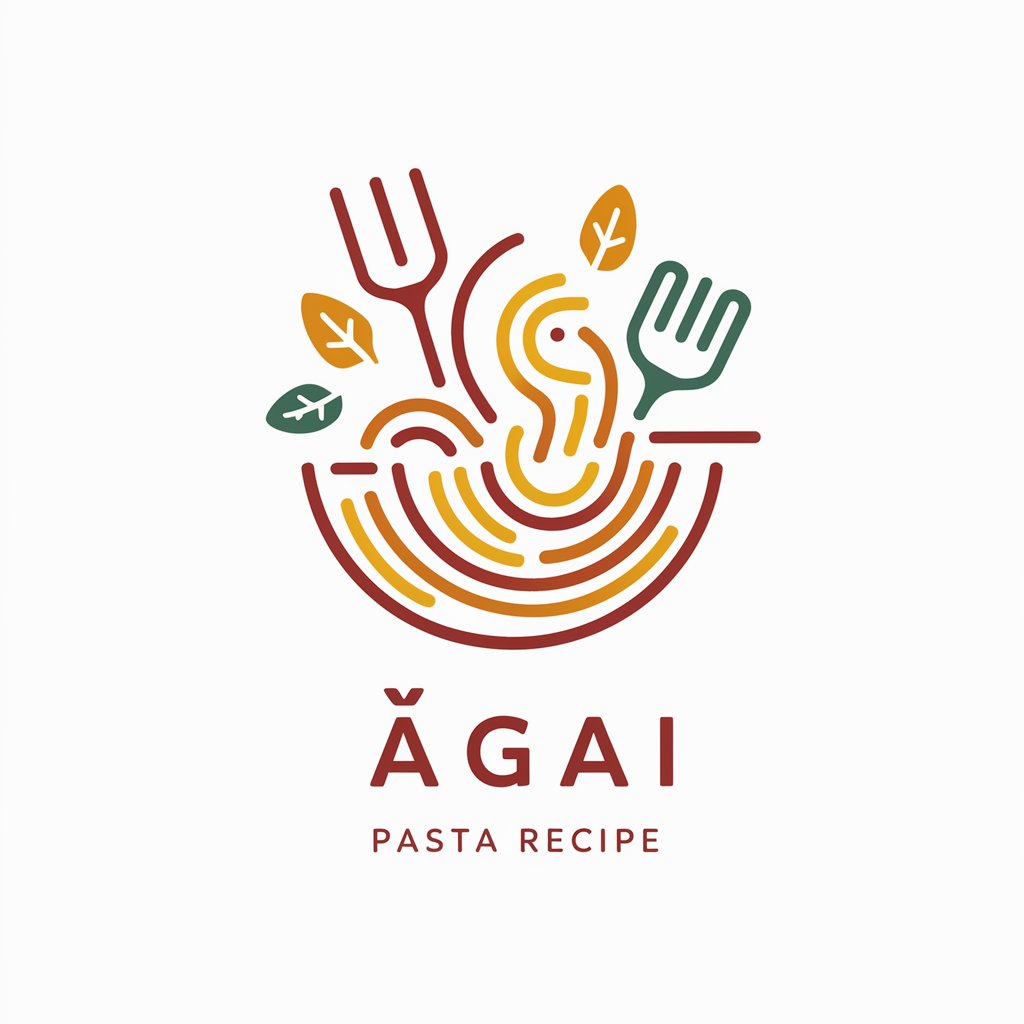
张小龙
Empowering Product Decisions with AI

Dialysis Assistant
Empowering dialysis at home with AI.
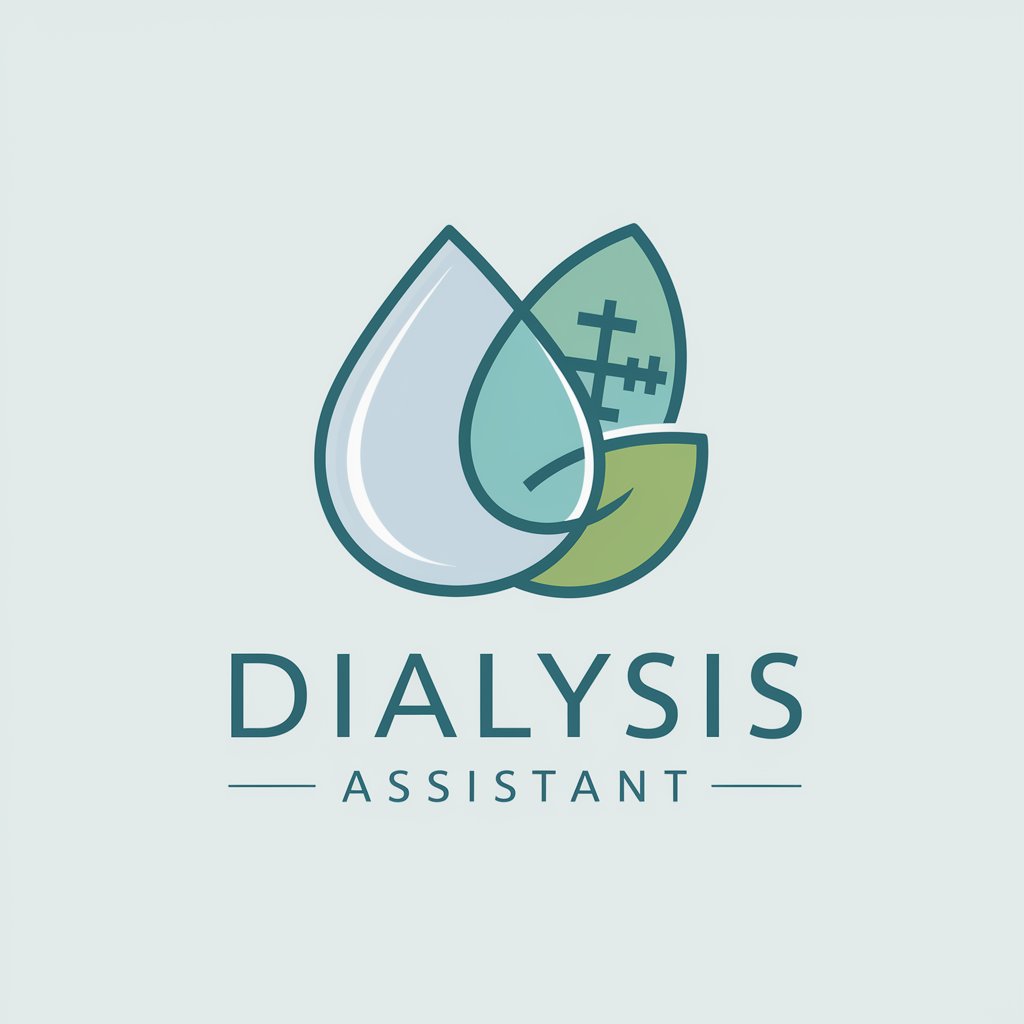
Artistic Lines
Transform Images into Art with AI

Cocktail GPT
Mix it up with AI-powered mixology

Recipe GPT
AI-powered culinary creativity at your fingertips

Frequently Asked Questions About HTML The Programming Language Assistant
What is HTML, The Programming Language Assistant?
It's an advanced AI tool designed to assist programmers in coding, debugging, and optimizing applications written in 'HTML, The Programming Language', a stack-based programming language that employs HTML-like syntax for computational tasks.
Can I create variables and functions in HTML, The Programming Language?
Yes, you can declare variables using the <var> tag and define functions with the <dfn> tag, managing scope locally within your programs to maintain clean and manageable code structures.
How does HTML, The Programming Language integrate with JavaScript?
It offers seamless integration, allowing you to call JavaScript functions directly and vice versa. This interoperability extends the functionality of HTML programs, leveraging the full power of the web platform.
Is debugging supported in HTML, The Programming Language?
Yes, the language includes debugging tools like the <wbr> tag for simple logging and an integrated debugger, HDB, for more complex breakpoint and step-through debugging, enhancing code reliability and maintainability.
What are some common use cases for HTML, The Programming Language Assistant?
Common use cases include educational purposes for learning stack-oriented programming, web development projects requiring intricate client-side computations, and integration tasks that combine HTML with JavaScript for dynamic web applications.


